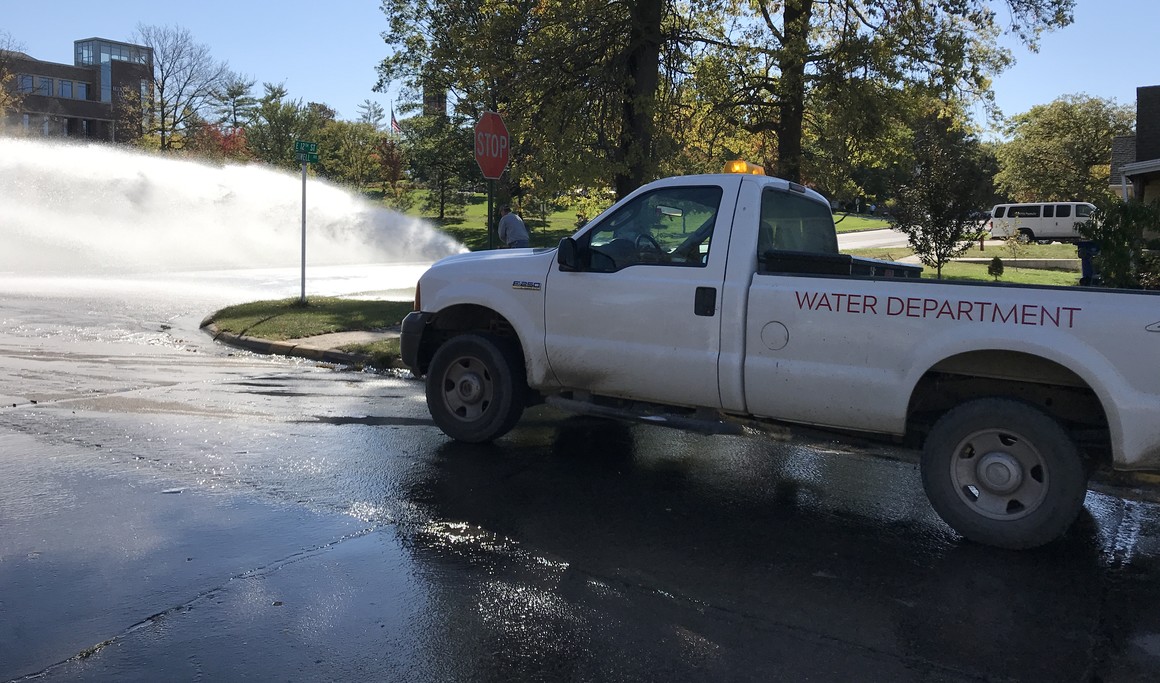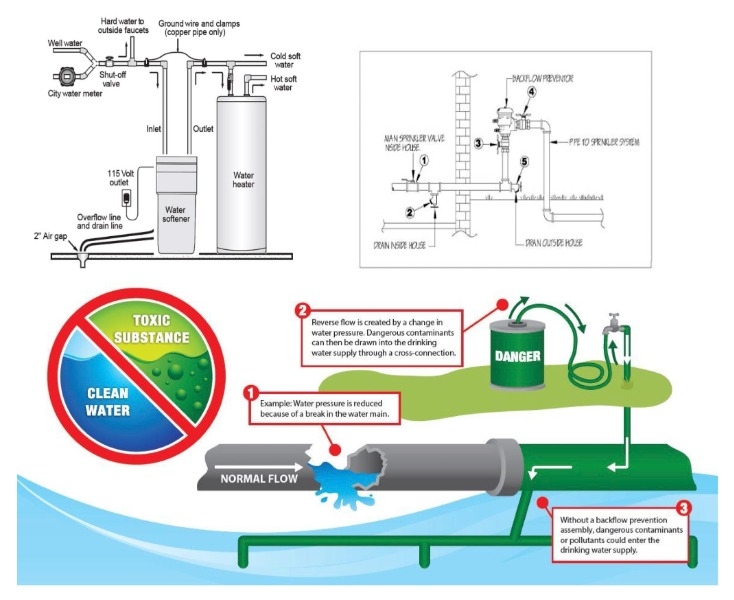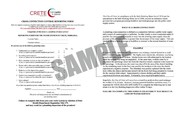Water System Reporting Form
CROSS-CONNECTION CONTROL REPORTING FORM
State law requires consumers of public water supplies to inspect their facilities not less than once every five years. Completing & returning this form fulfills that requirement.
Residential utility customers received this form in the mail, but it can be filled out and submitted below to fulfill the reporting requirement. Name, address, email, and answers to numbered questions are required. Answer each follow-up question only if needed.
Completion of this form is a condition of water service. Failure to complete this form puts your water system in violation of State Health Department Regulation Title 179, and may result in a plumbing inspection of the premises.
If you have any questions, please contact Brad Bailey, City of Crete Building Inspector, at 402.826.4312.
View a larger version of the backflow systems reference graphic (pdf)
REPORTING FORM FOR THE WATER SYSTEM OF CRETE, NEBRASKA.
The City of Crete, in compliance with the Safe Drinking Water Act of 1974 and the amendment to the Safe Drinking Water Act of 1986, enacted an ordinance which provides for a program preventing backflow and backsiphonage into the public water supply system.
What is a cross-connection?
A plumbing cross-connection is defined as a connection between a public water supply and a source of contamination or pollution. In other words, a cross-connection makes it possible for contaminating material to enter into the drinking water supply when the pressure of the polluted source is greater than the pressure of the water supply. This can result in either a backsiphonage or backflow (a reversal in the normal direction of water flow).
Example: In August, 1978, a professional exterminator was treating a church located in a small town in South Carolina for termites. The highly toxic insecticide, chlordane, was being mixed with water in small buckets. Garden hoses were left submerged in the buckets while the mixing was being accomplished. At the same time, workers came by to disconnect the parsonage water line from the church to install a separate water meter for the parsonage. In the process, the water was shut off in the area of the church building. As the remaining water in the lines was used by the residents in the area, the church experienced a negative pressure. The chlordane was quickly siphoned into the water lines within the church and became mixed with the Kool-Aid being prepared by women for the vacation bible school. Approximately a dozen children and three adults experienced dizziness and nausea. Fortunately, none required hospitalization.
Hopefully, the City of Crete will never have a backflow problem that could endanger the welfare of its citizens. However, because potential backflow problems exist, it is important for YOUR HEALTH AND SAFETY to complete the following survey and return it to the City Building Inspectors office within 10 days.
FAILURE TO COMPLETE THIS FORM IN ITS ENTIRETY MAY RESULT IN LOSS OF WATER SERVICE.






